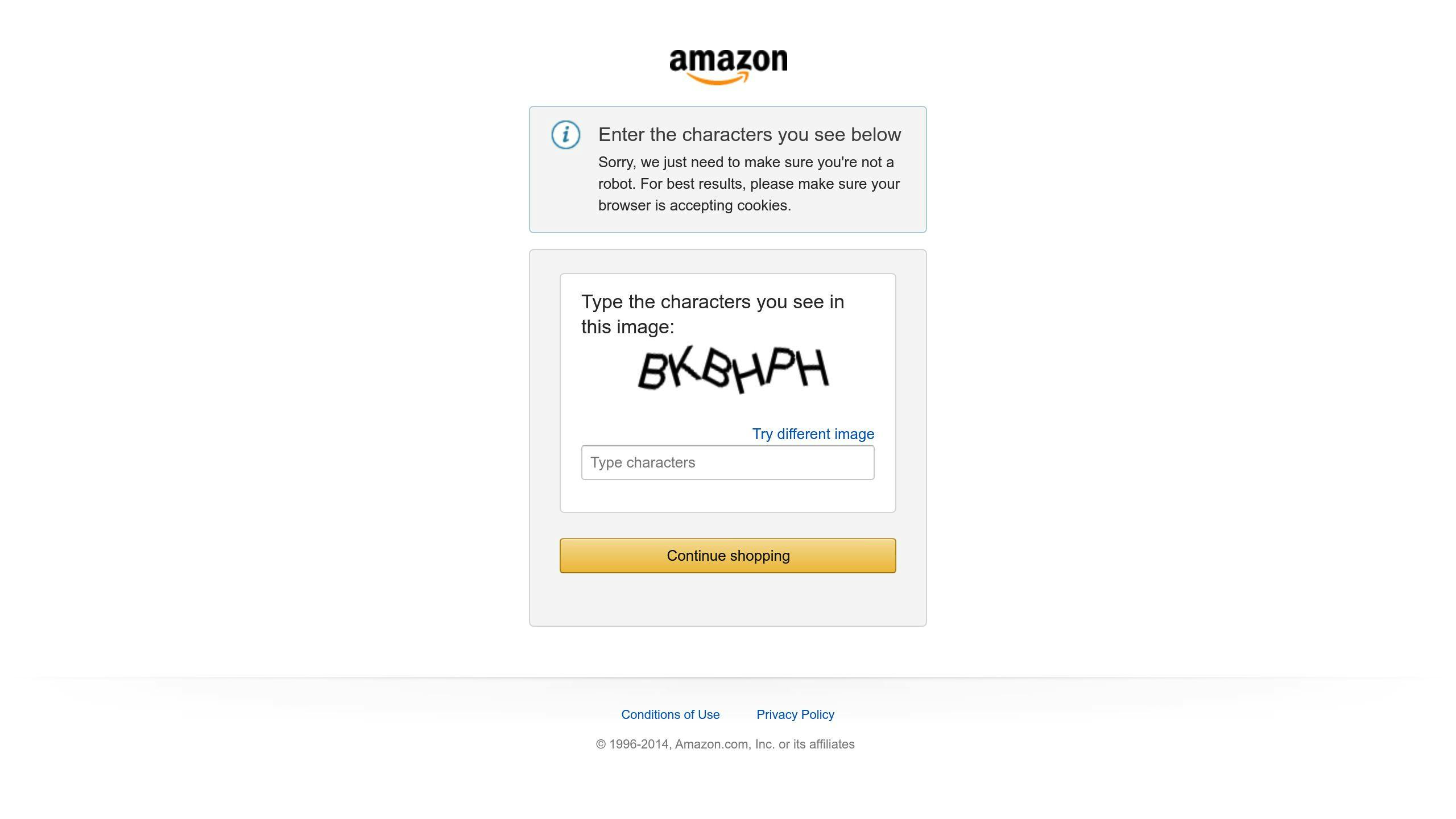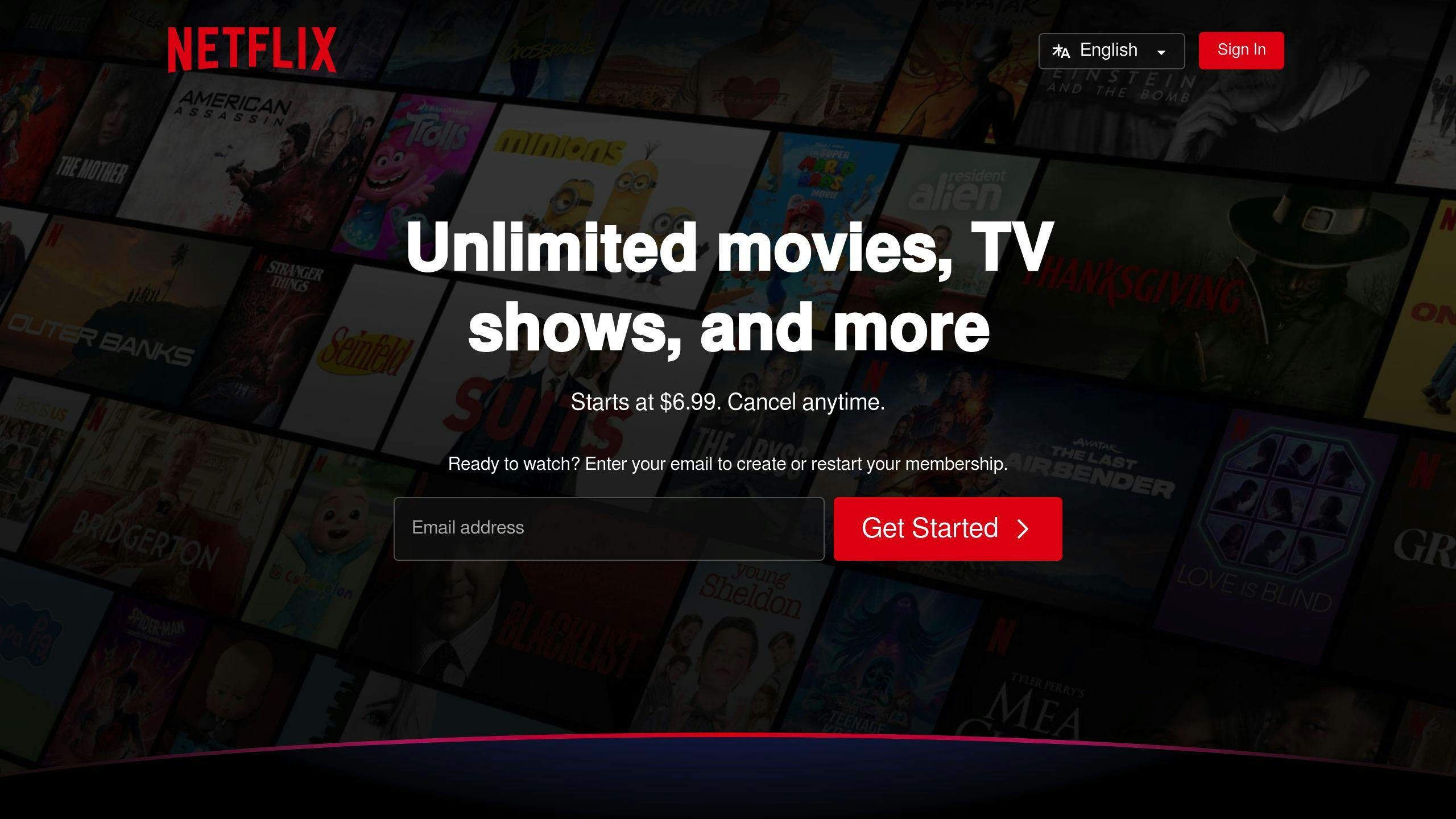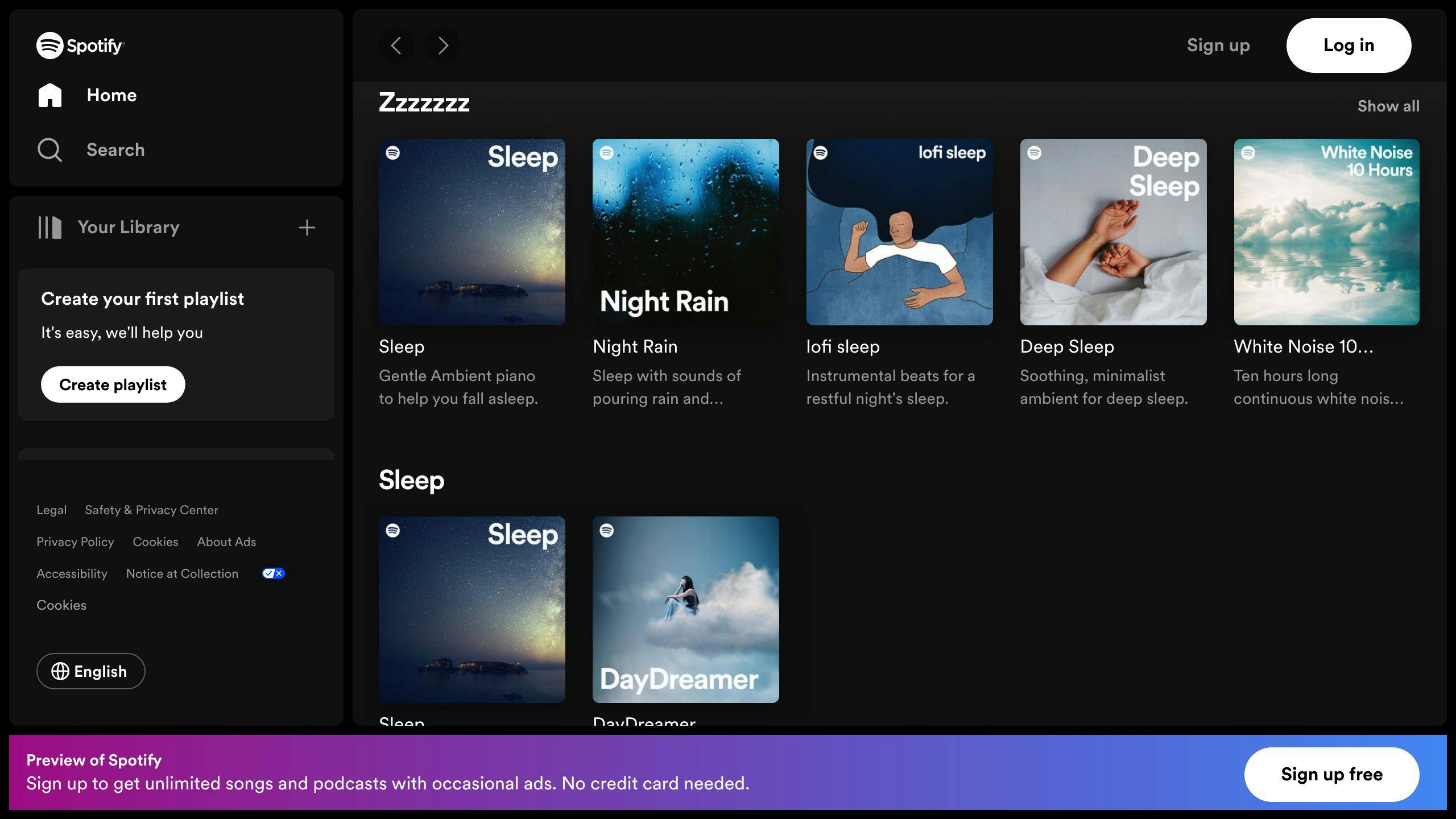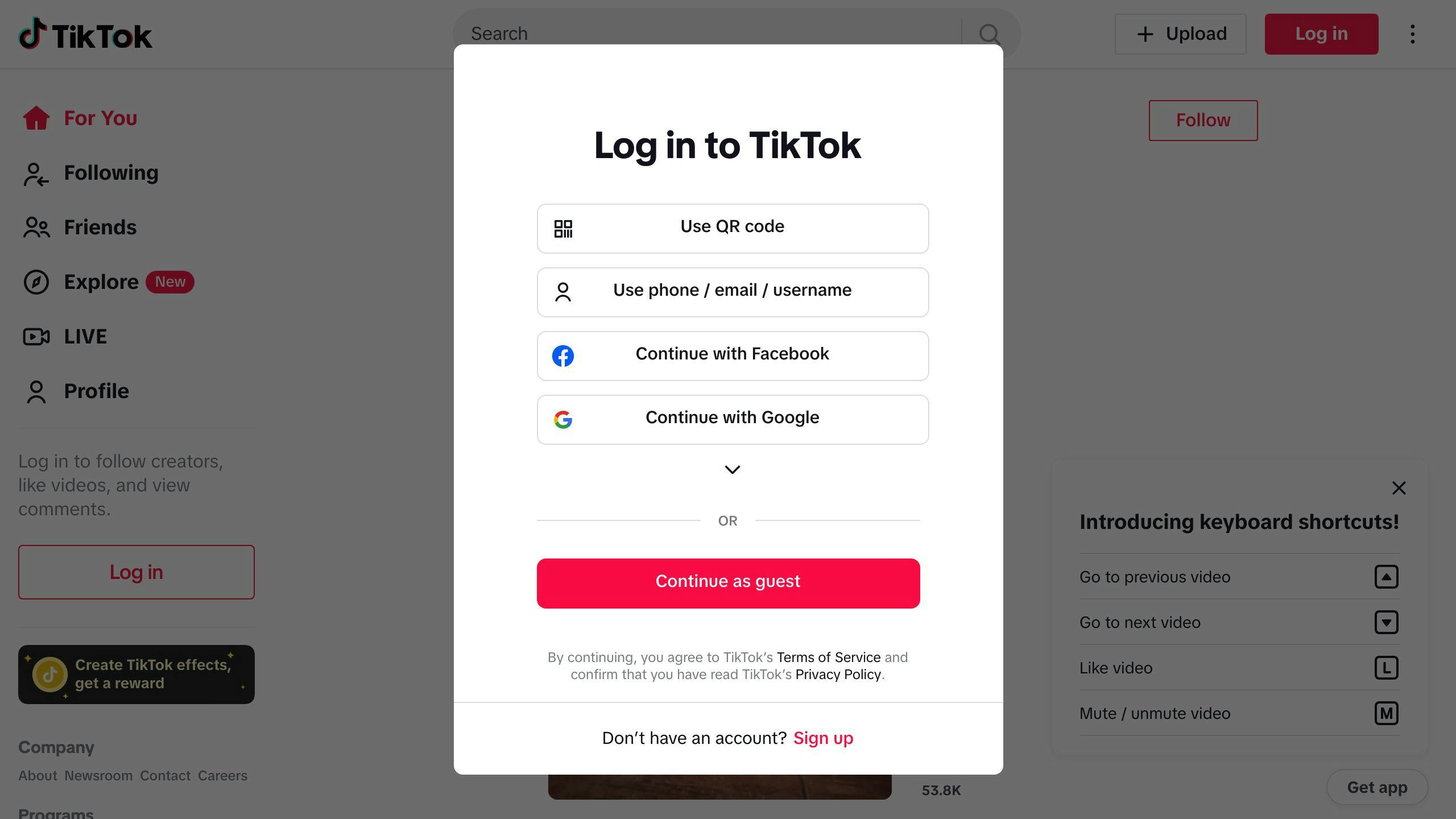AI personalization is transforming how businesses deliver content to users in 2024. Here’s what you need to know:
- AI analyzes user data to create tailored experiences
- It boosts engagement, sales, and customer loyalty
- Companies like Netflix and Amazon use it successfully
- Challenges include data quality, privacy concerns, and integration issues
Key components of AI personalization systems:
- Data collection
- User profiling
- Content matching
- Feedback loops
- Privacy controls
How businesses are using AI for content curation:
- Behavior analysis
- Prediction models
- Real-time personalization
- Cross-channel experiences
- Automated content discovery and sharing
Ethical considerations:
- Data privacy
- Transparency
- Avoiding bias
- User control
Future trends:
- Smarter recommendations
- AR/VR integration
- Ultra-specific experiences
- AI-generated content
- Enhanced user control
To implement AI personalization:
- Build a strong data foundation
- Choose the right AI tools
- Set clear goals
- Balance curated and original content
- Personalize across channels
- Respect user privacy
- Monitor and adjust regularly
- Maintain human oversight
AI personalization is powerful but requires careful implementation to respect user privacy and add real value.
What is AI-Driven Content Personalization?
AI-driven content personalization is like having a smart digital assistant that knows your tastes. It uses clever computer programs to customize content for each user.
Here’s the basic process:
- Collect user data
- Analyze patterns
- Match content
- Update in real-time
The tech behind it? Machine learning and natural language processing (NLP).
Why care? People love content that feels tailor-made.
Check out these real-world wins:
| Company | Personalization | Impact |
|---|---|---|
| Netflix | Show suggestions | 75% of views |
| Spotify | Custom playlists | 31% of listening time |
| Amazon | Product recommendations | 35% of purchases |
It’s not just for tech giants. Smaller businesses are in on it too. Take rasa.io – they use AI to personalize email newsletters.
"rasa.io uses machine learning to find the most engaging content for each subscriber." – rasa.io
The goal? Keep users coming back for more.
But it’s not all smooth sailing. AI needs lots of data and raises privacy questions. When done right, though, it’s a win-win for users and businesses.
2. How AI Personalization Has Changed
AI personalization has evolved dramatically. Let’s break it down:
From Simple to Smart
Amazon’s 2003 item-to-item filtering was a game-changer. It analyzed purchases at the item level, not just customer history. Fast forward to 2019, and Amazon’s Prime Video recommendations had taken a "once-in-a-decade leap", according to Jeff Wilke, then CEO of Amazon’s consumer division.
Deep Learning: The New Frontier
Deep learning has supercharged AI personalization. It’s brain-inspired and can:
- Create its own features
- Handle diverse data types
- Deliver hyper-personalized recommendations
AI: From Curator to Creator
AI’s role has shifted from sorting content to creating it. How? Better machine learning and natural language processing.
"AI has progressed from merely curating content to creating it by leveraging advancements in machine learning and natural language processing, enhancing its ability to generate original and engaging material." – John Sanei, Author
Real-World AI in Action
| Company | Feature | How It Works |
|---|---|---|
| Netflix | Personalized homepages | Analyzes viewing history |
| Spotify | Custom playlists | Uses listening patterns |
| Gmail | Smart Compose | Predicts next words |
What’s Next?
Expect:
- Sharper user predictions
- Cross-channel personalization
- AR integration
"Personalization that is powered by artificial intelligence will also become increasingly multichannel, which means that it will create experiences that are seamless and consistent across numerous touchpoints." – Lauren Taylor, Manager at First Aid at Work Course
The future? AI that gets you better and creates more meaningful interactions.
3. Key Parts of AI Personalization Systems
AI personalization systems aren’t magic. They’re made up of several parts working together. Let’s break it down:
Data Collection
It all starts with data. Companies gather info about you from:
- Web analytics
- CRM systems
- Social media
- Cookies
- Surveys
They collect things like:
| Data Type | Examples |
|---|---|
| Demographic | Age, gender, location |
| Behavioral | Clicks, purchases |
| Contextual | Device, time of day |
| Descriptive | Interests, values |
User Profiles
AI creates a profile for you based on this data. It’s not static – it changes as you interact more.
Think Netflix. They track what you watch to suggest new shows you might like.
Content Matching
This is where AI gets clever. It looks at your profile and available content, then makes matches. How?
- It understands content themes
- It finds similar users and items
- It predicts what you might do next
Spotify does this well. It analyzes your listening habits to create those personalized playlists.
Feedback Loops
AI systems learn from your reactions. Like or dislike something? The system takes note and adjusts.
Amazon’s a pro at this. Every click and purchase helps refine future recommendations.
Privacy and Consent
With data concerns on the rise, AI systems need strong privacy controls:
- Clear data usage info
- Consent options
- Security measures
Stitch Fix, for example, lets you control what data you share for clothing recommendations.
Measuring Success
Companies track various metrics to see if their AI is doing its job:
| Metric | What It Means |
|---|---|
| Engagement rate | How often you interact |
| Conversion rate | How often you take desired actions |
| Customer retention | How long you stick around |
| Revenue per user | How much money you generate |
These parts work together to create a personalized experience. But remember, it’s all based on the data you provide.
4. Setting Up AI Personalization for Dynamic Content
Setting up AI personalization isn’t a walk in the park, but it’s worth the effort. Here’s how to get started:
Are You Ready?
Before diving in, make sure you’ve got your ducks in a row:
- Data check: Got enough customer info?
- Tech check: Can your systems handle AI tools?
- Team check: Who’s going to run this show?
Picking Your AI Sidekick
Choosing the right AI platform is crucial. Look for these features:
- Content discovery
- Social media integration
- Performance tracking
- Audience customization
Some popular options:
| Tool | Standout Feature | Starting Price |
|---|---|---|
| Quuu | Social media integration | $29/month |
| Scoop.it | Drag-and-drop newsletters | $18/month |
| UpContent | Free 14-day trial | $15/month |
| Feedly | AI-powered discovery | $6/month (annual) |
Play Nice with Your Systems
Getting AI to work with your existing setup is key:
- Map your data: Where’s your customer info hiding?
- Choose your connection: APIs, webhooks, or something else?
- Test like crazy: Make sure everything’s talking to each other.
Baby Steps
Don’t try to boil the ocean. Start small:
Pick one customer segment or content type. Maybe personalize email subject lines based on what people bought before.
As you figure out what works, expand from there. It’s like learning to walk before you run.
Keep Score
Once you’re rolling, track your progress:
- How engaged are people?
- Are they buying more?
- Sticking around longer?
- Spending more?
Use these numbers to fine-tune your approach. It’s all about getting better over time.
5. Ways to Use AI for Content Curation
AI is shaking up content curation. Here’s how you can use it:
Behavior Analysis
AI tracks what your users like. For example:
RebelMouse‘s AI boosted click-through rates by 159% in just 30 days. It outperformed old methods by 20-50% daily.
This data shows you what content clicks with your audience.
Prediction Models
AI doesn’t just look back – it looks forward. UpContent’s Smart Sort Work predicts which articles will get clicks. It helps you stay ahead of the curve.
Real-Time Personalization
AI updates content on the fly. Rasa.io tailors newsletter content for each reader as they interact. Every user gets a unique experience based on their latest actions.
Cross-Channel Personalization
AI creates a smooth experience across platforms. Here’s a quick look at some tools:
| Tool | Feature | Starting Price |
|---|---|---|
| Quuu | Social media integration | $29/month |
| Scoop.it | Drag-and-drop newsletters | $18/month |
| Feedly | AI-powered discovery | $6/month (annual) |
These tools let you curate content for multiple channels from one spot.
Content Discovery and Automated Sharing
AI finds great content and can share it too. Feedly uses AI to refine content based on your likes. Quuu automates posting to your social media, keeping your feeds fresh without the hassle.
6. Checking How Well AI Personalization Works
To measure AI personalization’s impact, you need to track key metrics and use the right testing methods. Here’s how:
Key Metrics to Watch
- Conversion Rate
This shows how many visitors take action. Calculate it like this:
(Number of conversions / Total visitors) x 100 = Conversion Rate %
- Customer Lifetime Value (CLV)
CLV helps you see the long-term value of personalization:
(Average purchase value x Average purchases per customer) x Average customer lifespan = CLV
- Customer Satisfaction (CSAT) and Net Promoter Score (NPS)
These tell you if customers are happy and loyal. They’re crucial for seeing if AI personalization is working.
Testing Methods
A/B Testing
A/B tests are common, but they have limits for AI personalization:
- They’re slow
- They don’t show the full impact across multiple touchpoints
Multi-Variant Testing
For AI personalization, test multiple versions (A vs. B vs. C vs. D vs. E vs. F). It gives you more insights and matches personalization’s complexity better.
Real-World Results
Here’s what companies have achieved with AI personalization:
| Company | Action | Result |
|---|---|---|
| Microsoft | AI investment | $3.50 return for every $1 spent |
| RebelMouse | AI implementation | 159% boost in click-through rates in 30 days |
"Models inherit the flaws of the data used to train them. Without proper data governance, models can easily be trained on low-quality, biased, or irrelevant data, increasing the chances of hallucination or problematic outputs." – Nitin Aggarwal, Head of AI Services for Google Cloud
This quote shows why quality data matters in AI personalization. Bad data leads to bad results, no matter how good your metrics look.
Tips for Effective Measurement
- Set clear goals first
- Compare personalized vs. generic content
- Look at individual and group performance
- Check data quality often
- Be patient – results take time
sbb-itb-43d9647
7. Ethics in AI Personalization
AI personalization raises ethical concerns. Here’s what marketers need to know:
Data Privacy
AI needs data. But it’s often personal. To protect users:
- Follow GDPR and other data rules
- Get clear consent before collecting
- Use strong security
Transparency
Be open about:
- What data you collect
- How you use it
- Who can access it
Avoiding Bias
AI can be biased. To prevent unfair treatment:
- Use diverse data sets
- Check AI systems often
- Fix issues fast
User Control
Give users power:
- Let them opt out
- Make it easy to update preferences
- Allow data viewing and deletion
Real-World Example
In March 2023, Google’s AI image generator showed mostly white men for "CEOs". It highlighted the need for diverse training data.
Google’s response: "We’re working to improve the diversity of results for these types of queries."
Practical Steps
| Step | Action | Purpose |
|---|---|---|
| 1 | Regular audits | Find and fix issues |
| 2 | Ethics board | Get diverse viewpoints |
| 3 | Staff training | Build responsible AI culture |
| 4 | Clear privacy policy | Help users understand |
| 5 | Use "explainable AI" | Make decisions understandable |
8. Problems with AI Personalization
AI personalization isn’t perfect. Here are the main issues companies face:
Data Quality and Quantity
AI needs good data. But most companies struggle:
- 80% can’t unify their data assets
- Messy data = bad AI recommendations
Result? AI makes mistakes. Like a vision model that couldn’t tell which way a school bus was facing.
User Trust and Privacy Concerns
People are skeptical:
- 85% don’t want AI help for shopping
- 70% don’t trust companies with AI
- 81% fear data misuse
Jeff Rohwer from Real Chemistry says:
"We very much believe in the human in the loop. With generative AI, you need to review what AI creates."
Algorithm Limits
AI often misses context and emotions. This leads to:
- Boring content
- False info
- Biased suggestions
Tech Integration
Adding AI to old systems is tough. Companies need new skills, updated tech, and careful planning.
Balancing Personalization and Privacy
AI uses lots of personal data. This raises privacy issues. Companies must follow laws like GDPR and be clear about data use.
Measuring Success
It’s hard to know if AI personalization works. Why?
- No clear metrics
- Tough to track across channels
- Hard to isolate AI’s impact
Cost and Resources
AI isn’t cheap or easy. Most companies can’t build large language models. It needs ongoing investment in data, tech, and people.
Key AI Personalization Challenges
| Challenge | Impact | Possible Solution |
|---|---|---|
| Bad data | Wrong recommendations | Unify data, improve curation |
| Low trust | Less engagement | Be transparent, give user control |
| Limited algorithms | Biased content | Use human oversight, improve models |
| Tech issues | Disruptions | Plan carefully, use middleware |
| Privacy worries | Legal risks, backlash | Follow laws, be clear on data use |
| Hard to measure | Unclear ROI | Set clear metrics, track better |
| High costs | Limited use | Start small, focus on high impact |
To win with AI personalization, companies must tackle these issues. It’s not just about having tech—it’s using it wisely and ethically.
9. What’s Next for AI Personalization
AI personalization is evolving rapidly. Here’s what’s coming:
Smarter Recommendations
AI will get better at understanding you. Netflix already does this well. Their AI looks at what you watch and suggests new shows. In 2023, this led to a 25% increase in viewer engagement.
AR and VR Get Personal
AI will make virtual experiences feel more like they’re just for you. Think Pokémon GO, but more advanced. Or VR shopping with an AI assistant that knows your style.
Ultra-Specific Experiences
AI will use more data to tailor things just for you:
- Emails that change based on when you open them
- Websites that adjust to your mood and time of day
AI-Created Content
AI won’t just pick content—it’ll make it:
- Articles written for you alone
- Videos that change based on who’s watching
More User Control
As AI gets smarter, you’ll get more say in how it’s used:
- Clearer opt-in choices
- Tools to see and edit your AI profile
Connecting Your Digital Life
AI will link your experiences across devices:
- Start a movie on your phone, finish on TV with perfect suggestions
- Shopping ideas based on what you do across many sites
| Feature | Now | Future |
|---|---|---|
| Recommendations | Based on past | Predicts what you’ll want |
| AR/VR | Basic | Fully immersive |
| Data Used | Mostly one platform | Everything connected |
| Content | Human-made, AI-picked | AI-made, human-tweaked |
| User Control | Limited | Detailed, clear options |
These changes will make AI work better for you. Companies that do it right will win big. Those that don’t might lose customers fast.
10. Real Examples of Good AI Personalization
AI personalization is changing the game. Let’s look at some standout examples:
Amazon: Recommendation Powerhouse

Amazon’s AI-powered recommendations are a big deal:
- Drives 35% of revenue
- Customers spend 7 minutes per visit (vs. 5 for competitors)
- 35% bounce rate (vs. 50% for Walmart, 45% for Target)
Why? Personalized sections like "recently viewed" and "inspired by your shopping trends" keep customers engaged and buying.
Netflix: Your Personal TV Guide

Netflix’s recommendation system is crucial:
- 80% of watch time comes from personalized suggestions
- Saves Netflix $1 billion yearly in customer retention
It analyzes your viewing history and preferences to keep you glued to the screen.
Spotify: AI DJ in Your Pocket

Spotify’s AI creates a unique listening experience:
- "Discover Weekly" introduces new music every Monday
- Users have listened to 2.3 billion hours from these playlists
The AI DJ feature even adds commentary based on your tastes.
TikTok: Can’t-Put-It-Down Personalization

TikTok’s "For You Page" (FYP) is addictive:
- Users spend 52 minutes daily on the app
- FYP adapts in real-time to user behavior
- Users open the app about 20 times per day
This real-time personalization keeps users coming back for more.
Mr. Cooper: Your Financial Buddy

This mortgage lender uses AI for personalized videos:
- Videos include customer’s name, address, home value, and mortgage details
- Result: increased customer loyalty and retention
Carvana: Making Car Buying Fun
Carvana’s "Joyride" campaign shows personalized video at scale:
- 1.3 million unique AI-generated videos
- Each video includes customer’s name and car details
- Can generate up to 300,000 videos per hour
This personal touch makes customers feel valued about their purchase.
| Company | AI Feature | Key Stat |
|---|---|---|
| Amazon | Product recommendations | 35% of revenue |
| Netflix | Content suggestions | 80% of watch time |
| Spotify | Discover Weekly | 2.3 billion hours listened |
| TikTok | For You Page | 52 minutes daily use |
| Mr. Cooper | Financial videos | Increased retention |
| Carvana | Purchase celebration videos | 1.3 million unique videos |
These examples show how good AI personalization boosts engagement, sales, and loyalty across industries.
11. Tips for AI-Driven Content Curation
AI is changing how we connect with audiences. Here’s how to make it work for you:
Build a Strong Data Foundation
Gather quality data about your audience. This means demographics, interests, behaviors, and content preferences. Use social media analytics and customer surveys. More data = better personalization.
Choose the Right AI Tools
Pick tools that fit your needs and budget. Think content discovery platforms, recommendation engines, and automated tagging systems. Feedly, for example, uses AI to find relevant content from thousands of sources.
Set Clear Goals
Know what you want to achieve. Increased engagement? More conversions? Better customer retention? Clear goals help you measure success.
Mix Curated and Original Content
Don’t just rely on AI. Blend curated content with your own material. This shows your expertise and builds your brand voice. Aim for 80% curated, 20% original.
Personalize Across Channels
Use AI to tailor content on different platforms:
| Platform | Personalization Tactic |
|---|---|
| Subject lines based on past opens | |
| Social | Post timing based on user activity |
| Website | Product recommendations from browsing history |
Respect User Privacy
Be upfront about how you use data. Get consent and follow laws like GDPR.
Monitor and Adjust
Check how your AI-curated content performs. Look at engagement rates, time on page, and conversions. Use these insights to improve your strategy.
Keep the Human Touch
AI is powerful, but it’s not everything. Have your team review and add context before publishing.
12. Wrap-Up
AI personalization is reshaping audience connections in 2024. It’s not just a fancy add-on – it’s becoming essential for businesses aiming to cut through the noise.
Here’s the lowdown:
- AI pinpoints and delivers the right content to the right people, right when they need it.
- It’s a time-saver and engagement-booster, automating content discovery and sorting.
- Big players are already reaping the benefits. Netflix, The New York Times, and Spotify use AI to keep users hooked.
But it’s not all sunshine and rainbows. AI needs quality data to perform well. It can be a pain to set up and might hit your wallet hard. And let’s not forget the privacy elephant in the room – people want to know what’s happening with their data.
Looking forward, we’ll likely see more AI-human teamwork. AI crunches numbers and spots patterns, but humans bring the context and creative spark.
Ready to dive in? Here’s your game plan:
- Start small. Test AI tools on one slice of your content strategy.
- Keep your finger on the pulse. AI tech moves fast, so stay in the loop.
- Be transparent with your audience about your AI use.
- Focus on what counts. Track how AI impacts your key objectives.
Remember: AI is a tool, not a magic wand. It shines when paired with human smarts and a solid content strategy.
As we push deeper into 2024, AI personalization will keep evolving. The winners? Businesses that use it wisely – respecting privacy and adding real value to their users’ experience.
13. AI Personalization Terms Explained
AI personalization can be confusing. Let’s break down some key terms:
Artificial Intelligence (AI): Computer systems that do human-like tasks. For personalization, AI looks at user data to decide what content to show.
Machine Learning (ML): Part of AI that learns from experience. It’s the engine behind many personalization tools.
Natural Language Processing (NLP): Helps computers understand and create human language. It’s key for personalizing text.
Recommendation Engines: Predict what users like and suggest content. They’re the heart of personalization.
Collaborative Filtering: Guesses what you’ll like based on similar users’ preferences. Think Netflix movie suggestions.
Content Analytics: Uses AI to study content and improve personalization.
Here’s a quick look at some advanced terms:
| Term | What It Means |
|---|---|
| Artificial General Intelligence (AGI) | AI that’s as smart as humans in many areas |
| Retrieval Augmented Generation (RAG) | Combines finding info with creating content |
| Autonomous Agents | Software that can do tasks and make choices on its own |
| Explainable AI (XAI) | Tools that help us understand how AI makes decisions |
A/B Testing: Comparing two versions to see which works better. It’s how we fine-tune personalization.
Matrix Factorization: A math trick used in recommendation systems to guess what users like.
Knowing these terms helps you use AI personalization better. As you dig deeper, you’ll find more specific ideas for your needs.
14. Where to Learn More
Want to dive deeper into AI personalization? Here are some top resources:
Books
| Title | Author | What It’s About |
|---|---|---|
| The Alignment Problem | Brian Christian | How AI systems match up with human values |
| Artificial Intelligence: A Guide for Thinking Humans | Melanie Mitchell | Real-world AI examples and core concepts |
| Artificial Intelligence: A Modern Approach | Stuart Russell & Peter Norvig | The go-to AI textbook |
| Superintelligence | Nick Bostrom | What happens if AI gets REALLY smart? |
| The Coming Wave | Mustafa Suleyman & Michael Bhaskar | Recent AI breakthroughs and their impact |
Online Courses
1. AI for Customer Experience and Personalization
Two-day online course. $999. Covers customer data analysis, personalized marketing, and recommendation systems.
2. Artificial Intelligence in Marketing (University of Virginia)
Learn AI basics and how to use them in marketing.
3. Meta Social Media Marketing Professional Certificate
Get hands-on with Meta Ads Manager for campaigns.
4. Machine Learning for Marketers (University of Colorado)
Apply machine learning to real marketing decisions.
Conferences
- ANA AI for Marketers Conference (April 8-10, 2024, Hollywood, Florida) Big names from H&R Block, Adobe, GM, and Ally Financial talk AI in marketing.
- AI Summit 2024 (Virtual Event) Learn how AI is shaking up finance, healthcare, insurance, and manufacturing.
Extra Help
Check out the AI Training Navigator tool. It’ll help you figure out what AI training your team needs.






